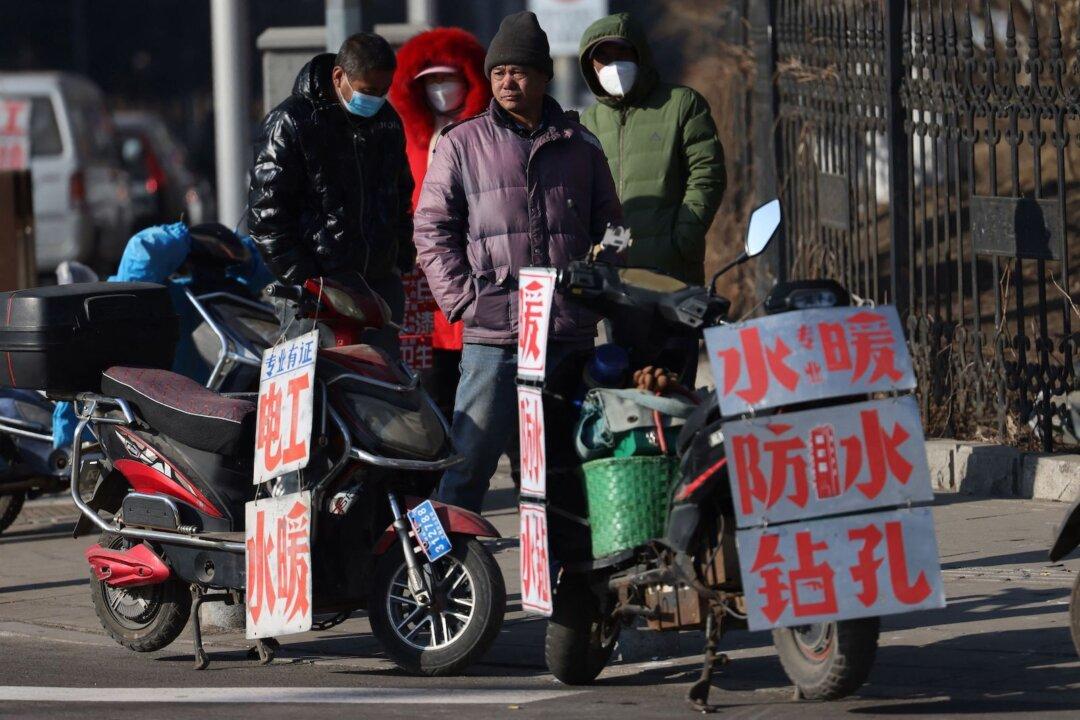China’s labor-intensive industries were hit hard by extreme zero-COVID measures, with business woes continuing this year, leaving the employment outlook bleak for rural migrant workers.
Chinese Communist Party (CCP) leader Xi Jinping on April 29 stressed in a Central Political Bureau economic meeting of the need to “expand employment channels”.





